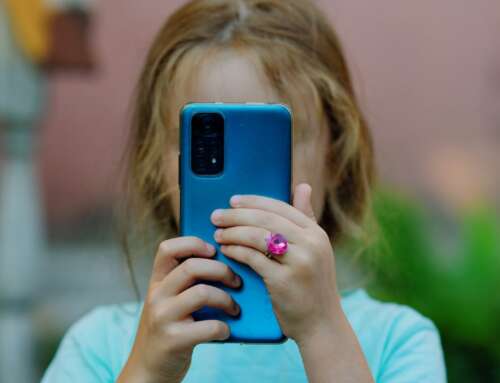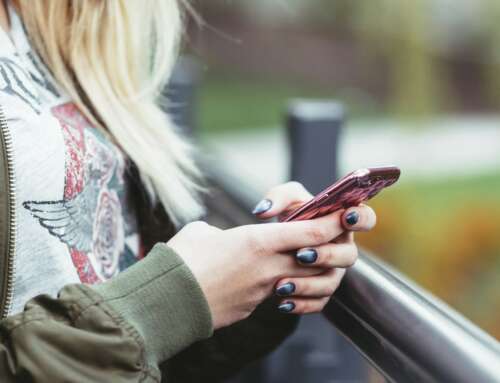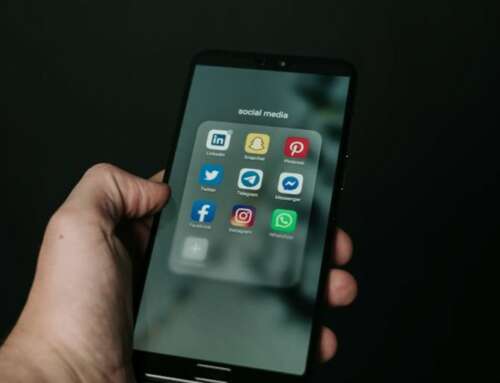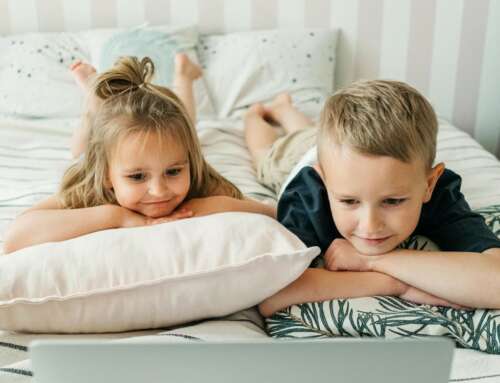Owning your own smartphone or tablet is now the new normal for Australian children, new research released today shows.
The latest Australian Child Health Poll has found that almost all Australian teenagers, two- thirds of primary school-aged children and one-third of pre-schoolers now own their own tablet or smartphone.
As well as owning their own device, three in four teenagers, and one in six primary school-aged children, have their own social media accounts.
The minimum age restriction on most social media platforms is 13.
The Director of the Australian Child Health Poll, paediatrician Dr Anthea Rhodes said one of the most significant findings, that directly affected children’s health, was the impact of screen use at bedtime on sleep.
“Almost half of children regularly use screen-based devices at bedtime, with one in four children reporting sleep problems as a result. Teenagers using screens routinely at bedtime were also more likely to report experiencing online bullying. It’s best to have no screen-time an hour before bed and keep screens out of the bedroom, to ensure a better quality of sleep,” she said.
The poll also reveals that 50 per cent of toddlers and pre-schoolers are using a screen-based device without supervision.
“The demands of the modern lifestyle mean a lot of parents are busy, so they use screen use as a digital babysitter. We found that 85 per cent of parents of young children say they use screens to occupy their kids so they can get things done.” Dr Rhodes said.
“There is little evidence to support the idea that screen use benefits the development of infants and toddlers, but physical playtime and face-to-face contact is proven to be critical to a child’s development. If you do offer screen time to your young child, it’s better if you watch it with them, so you can talk together about what they are seeing and help children to learn from the experience.”
When it comes to what’s happening in Australian households, Dr Rhodes said that many families are experiencing conflict over screen use and that a lack of physical activity and excessive use are big concerns to parents.
Dr Rhodes adds that the poll identified a link between parents’ screen use and their children’s use of screens.
“A strong relationship was seen between parents’ screen use and that of their children. Basically, a parent who has high levels of screen use is more likely to have a child with high levels of use. Three quarters of parents of children under six also said they do not put time limits on screen use.
However, most parents told us that they do try to limit their children’s screen use but are not sure how to do this effectively,” she said.
The current Australian guidelines for screen use in children were last updated in 2014, but Dr Rhodes says new guidelines may go some way in helping parents with their children’s screen use.
“These were developed before the widespread use of mobile screen devices. Up-to-date guidelines and resources for parents, and healthcare workers, would give parents a base for developing healthy habits when it comes to screen use,” she said.
The Australian Child Health Poll overall key findings include;
- The majority of Australian children, across all age groups, are exceeding the current national recommended guidelines for screen time
- Three quarters of parents of children under six do not put time limits on screen use.
- Eighty-five per cent of parents of young children (aged less than 6 years) said they used screen-based devices to occupy their kids so they could get things done with one in four doing this every day of the week.
- Teenagers spend the most amount of time on a screen-based device at home, of any age group, at almost 44 hours on average per week – more than the time equivalent of a full time job. Parents averaged almost 40 hours per week.
- Younger children also spend a significant time using screens at home; infants and toddlers averaged 14 hours, the two to five year-olds 26 hours, and the six to 12-year age group averaged 32 hours per week.
Note: A screen-based device in this poll was defined as a television, computer, laptop, gaming console, iPhone, smartphone, iPad and other tablet.
For more information, including media material, see www.childhealthpoll.org.au
Data source
The seventh Australian Child Health Poll is a survey of a nationally representative sample of 1977 adults aged 18 years and old. Collectively respondents had a total of 3797 children. They survey is conducted by an independent research agency on behalf of The Royal Children’s Hospital, Melbourne. Each sample is subsequently weighted to reflect the latest Australian population figures from the Australian Bureau of Statistics census data.
Image by Marvin Meyer from Unsplash







Leave A Comment